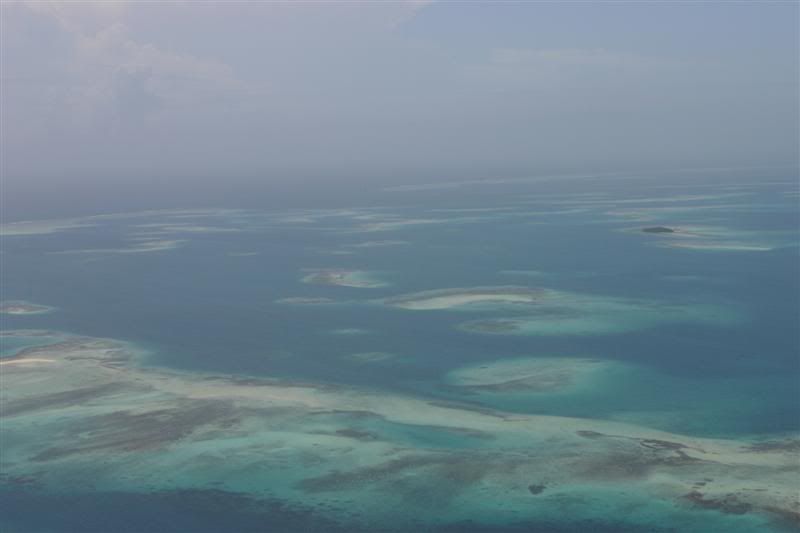
“Gental presentaiscion” – Jesus’ words ring through my mind as I get ready to cast. The big silvery grey tail is waggling away on the edge of the flat 15m away. The size 4 white gotcha lands half a meter in front of the tail and I wait for it to sink, “sink da fly, sink da fly” again another one of Jesus’ mantras. “Chort streep, chort streep”, instruction number three and the tail moves forward and dips up, I feel a subtle bump on the line, and a strip strike and a few microseconds later I am hooked up, with the bonefish tearing off line in its quest for freedom.
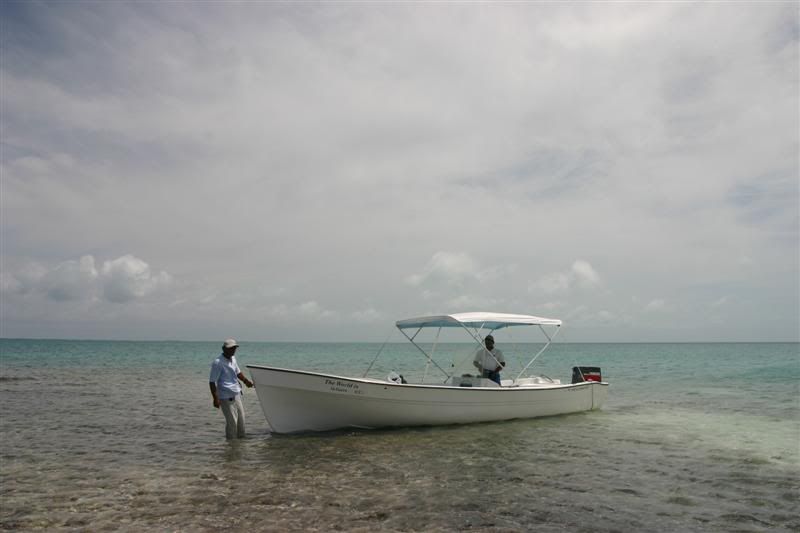
I am on a pancake flat, located roughly in the middle of the Archipelago of Los Roques, in Venezuela, South America. Los Roques is an agglomeration of around 300 islands and pancake flats. The water on the pancake flat is about 30cm deep and the flat itself is for the main part covered in turtle grass. Everywhere I look there are silvery grey tails, waving around like small sailboats in the wind. The bonefish is running around on the flat spooking fish everywhere, and after an initial strong run he comes in easily, but spooks once he sees me and off he goes again. After a few more runs I finally managed to get the fish close and grab the leader, and then I have him, a solid fish of around 7lbs. One striking thing about bonefish is the bigger they get the larger their heads become. This one must also spend most of it’s time in shallow water for the bottom half of his tail is worn out and flattened. As I release the bonefish I get a thumbs up from Jesus who is on the other side of the flat.
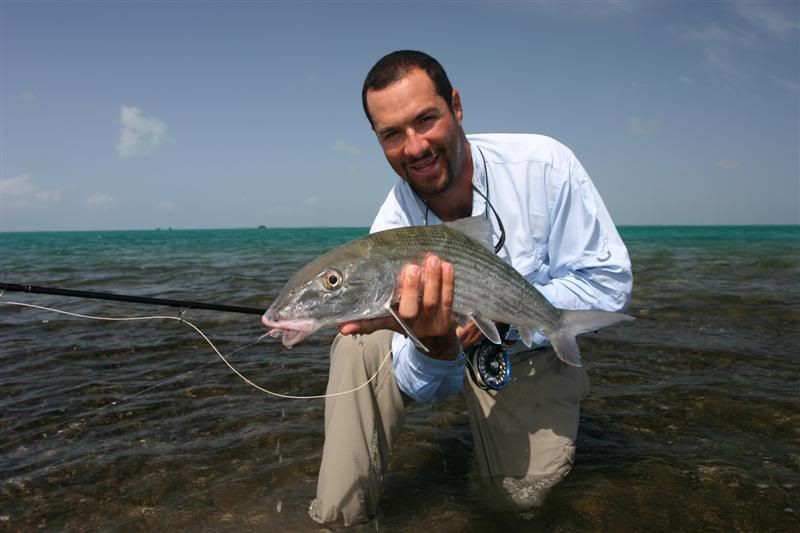
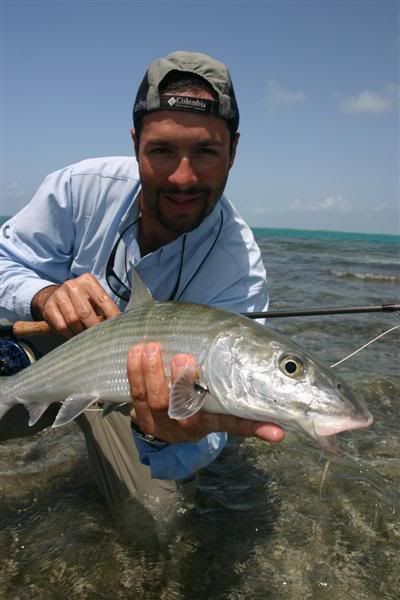

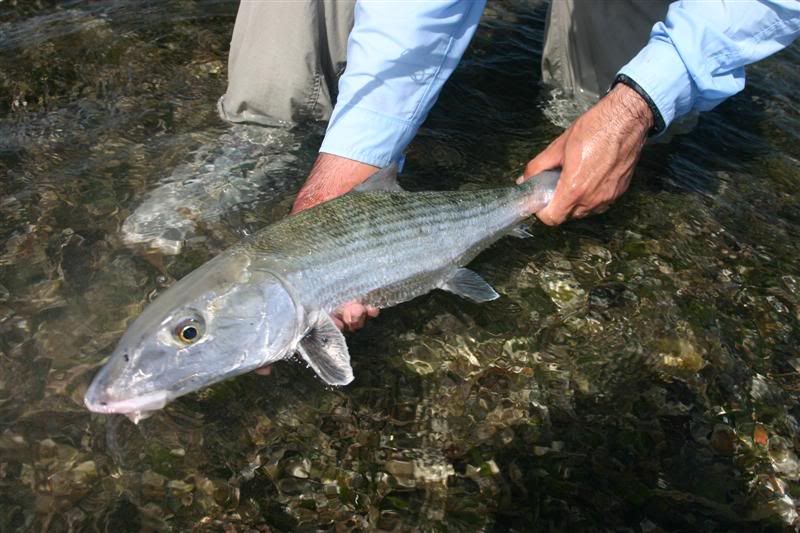
People go to Los Roques mainly for bonefish. There are lots of bones, mainly in the 2-5lb class but bigger ones are around, they largest I caught was estimated 4kgs (9lbs) by the boat captain, and some of the fish that swim up and down the beach and around the jetties are easily into double figures. There are also tarpon and permit, but in nowhere near the quantities. The best spot for tarpon is along the main beach on Gran Roque, early in the morning, where they follow the dive-bombing pelicans and pick up the scraps. The odds are however heavily stacked in the tarpon’s favour, there are boats and mooring lines everywhere. In all I hooked and jumped four, two off the rocks and two from the boat. In all cases the fly was the same one, a size 1/0 white and grey nipple duster, designed to imitate the hordes of baitfish that cloud the beaches. During my stay I cast to 5 permit, 4 of which were at least 10kg but not interested in the least. Some do get caught but there are only a couple of flats that hold them.
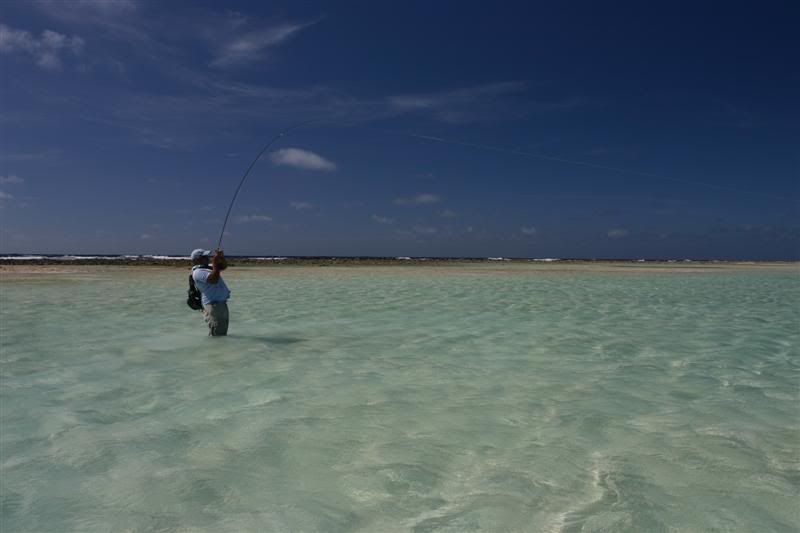
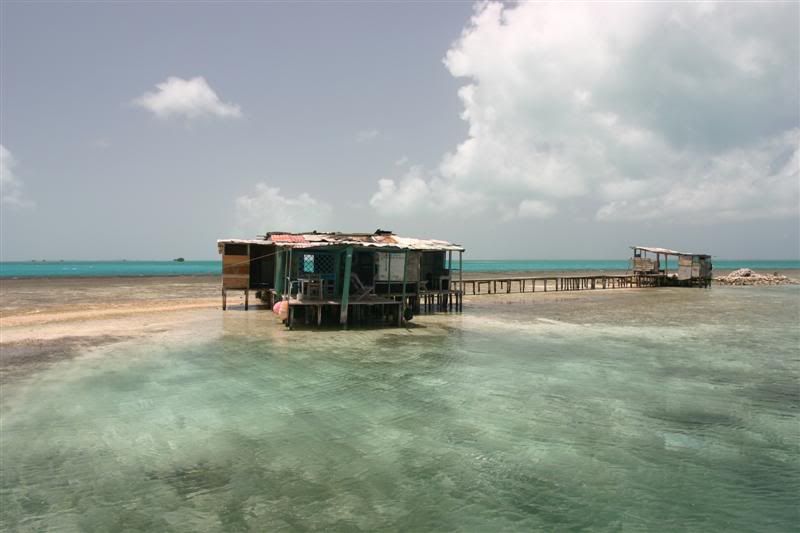
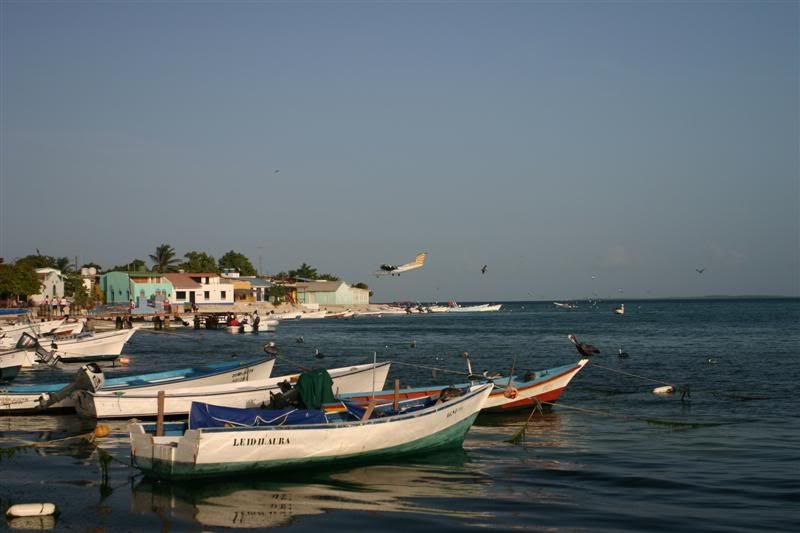
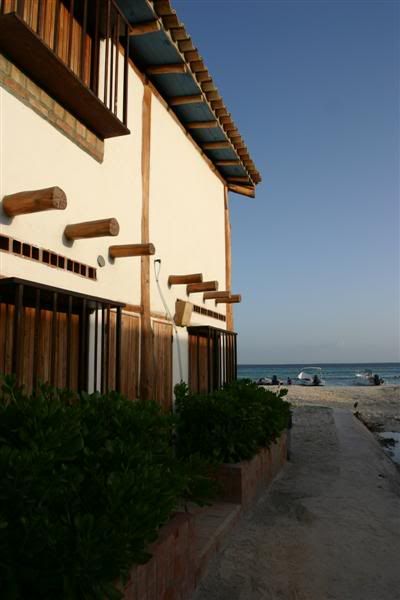
As far as equipment is concerned there are a couple of points which apply to all. Firstly, use long leaders. In some cases the guides were getting us to use 15-16’ leaders. What worked for me was a 9’ tapered 12lb leader with 3-4’ of 12lb fluorocarbon as a tippet. With regards to rod weights, it really depends on one’s casting ability. It was windy all the time, some days more than others, but the standard practice is to wade downwind. I used a 9 weight the first day and a 7 weight for the rest of the week and this proved to be the perfect combination. I took 5 rods but I have never been a light traveller. I used my 10 weight rod when fishing off the beach in Gran Roque. If I had to restrict myself I would have taken a 7, 9 and an 11. This would cover all the options. Reels need to be matched to the rod and have a reasonable capacity, but without overdoing it though. Most of the time the bonefish would get 10-20m of backing at the most but rarely more, quite often none at all. The longest run I had from one was around 50m. Good knots and as tight a drag setting as you are comfortable with will ensure that you don’t spend hours winding backing back in. I used an Abel Super 6 which had about 190m of 30lb backing and a WF7 line on it and I never felt undergunned. The flylines I used were a SA Bonefish floater on the 7 weight for all the shallow water work, a Rio Tarpon I/I intermediate for the deeper water and the tarpon, and a Rio Mainstream floater on the 10 weight off the beach.

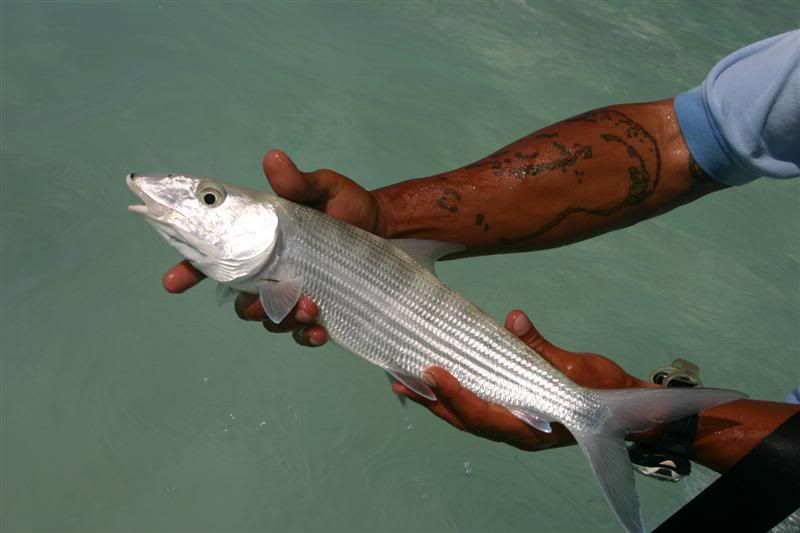

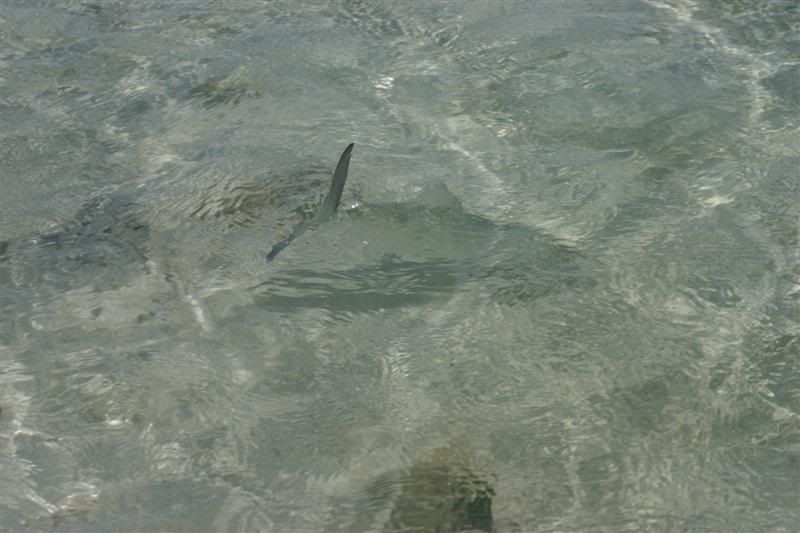
There are a large variety of fishing areas in Los Roques, and there were four different areas that I fished. Below is an outline of the various environments and the techniques that worked for me.
Inside Flats – These are the small flats that fringe the islands. They tend to be marl with turtle grass, some coral and the occasional patch of sand where they widen out a bit more. You will have mangroves on one side and a drop off on the other. The fish tended to be in fairly large schools in specific spots that the guides knew off by heart, along with cruisers where the flats were narrower. These fish would patrol the mangrove edges. The fly that worked best for me was a size 4 gotcha with a white calftail wing and small bead chain eyes. On the larger patches of turtle grass where the bigger schools were a dark brown or olive crab fly on a size 4 also did some damage. The technique was to present the fly as delicately as possible, let it sink down and settle on the bottom and then to retrieve it with very short and gentle strips.
Pancake Flats – These are normally about the size of anywhere between a tennis court and a football field and are surrounded on all sides by deeper water. The fish come onto the flats when the water is deep enough for them to move around and then they leave once it gets too deep. At low tide there will often be schools of bones swimming round and round, and one can attempt an ambush shot. This was my preferred environment, for every time we fished these flats there were dozens of silvery grey tails waggling in the air, an awesome sight to behold. They tended to be similar to the inside flats as far as morphology is concerned, being covered for the most part in turtle grass. On approaching the flat, the captain would drive upwind and kill the motor and drift in the last 150m. Almost every time we landed on the flat we would be greeted by hordes of tailing bonefish.
Beaches – These were white sandy beaches with varying amounts of seaweed and algae. The bones would patrol the beaches looking for baitfish or follow the pelicans and feed on the stunned baitfish. On the outer islands I mainly walked the beach looking for fish and then would target them with a size 2 baitfish imitation like a grey and white nipple duster or similar. On Gran Roque the tactic would change, and I would use my 10 weight rod, 30lb tippet and locked up drag. When a pelican would crash into the water I would cast as close to it as possible – not too close for they often went for the fly, and are a pain to unhook. Once the fly would hit the water I would let it sink for 10 seconds or so and ten start the retrieve. The takes would be anything but subtle and the fight would be short but intense, rod tip low and lots of side pull to stop the fish from getting into the ropes, and on more than one occasion I had the hook straighten.
Mangrove lagoons – I only spent a short time fishing the lagoons, targeting tarpon. There were quite a few baby tarpon around but we didn’t have much luck, only eliciting a couple of strikes but no successful hookups. One member of the party did however manage to catch one on the first day, the only tarpon landed during our stay.
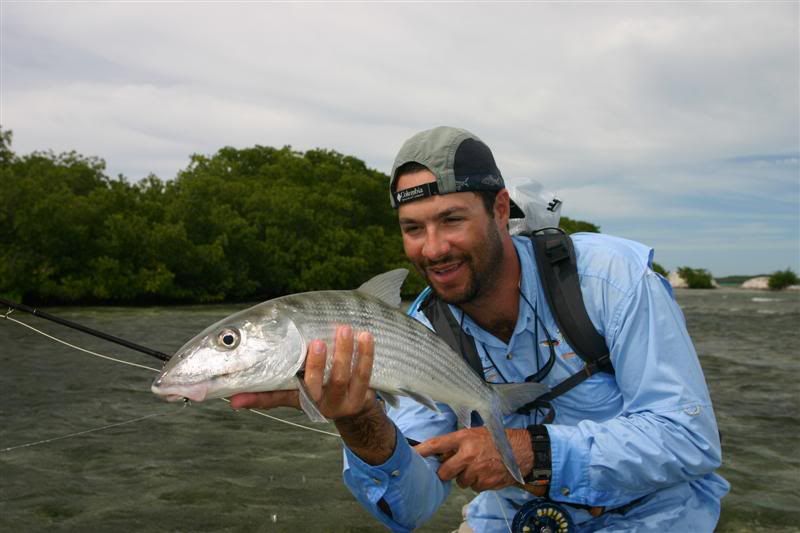
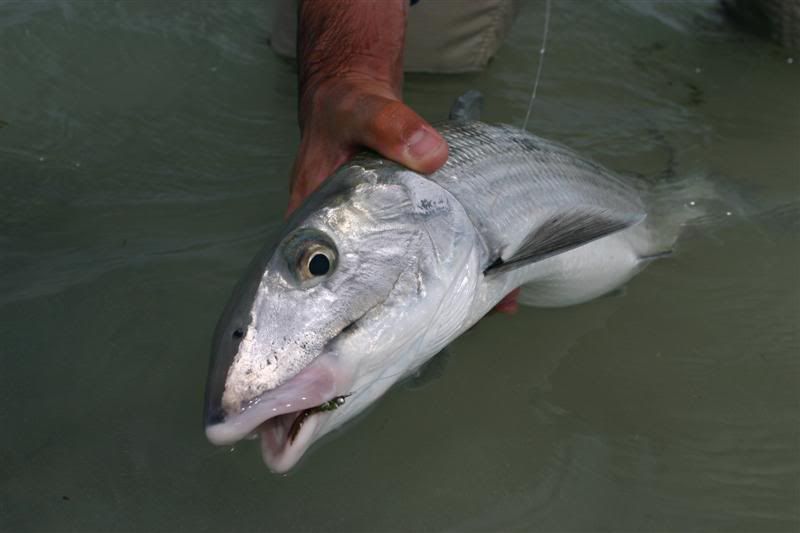
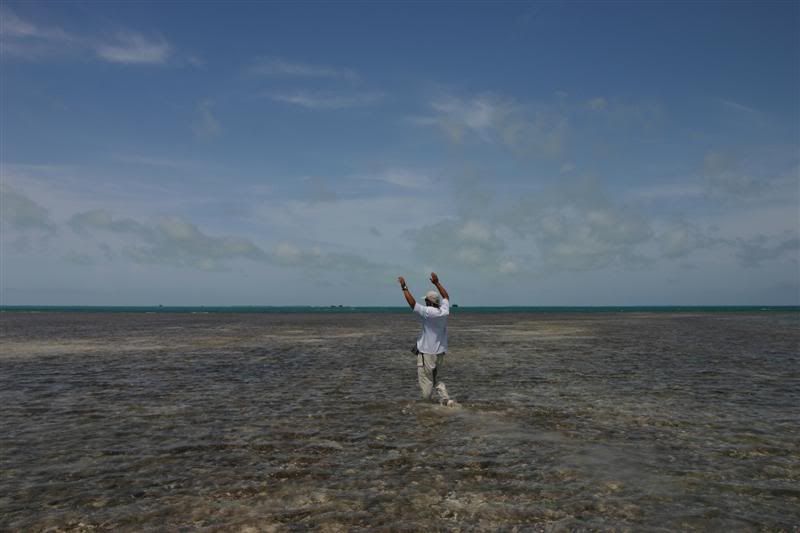
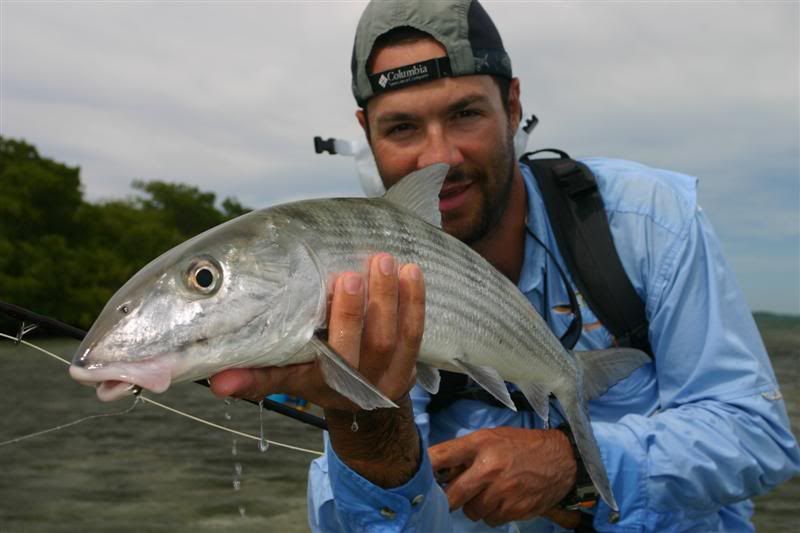
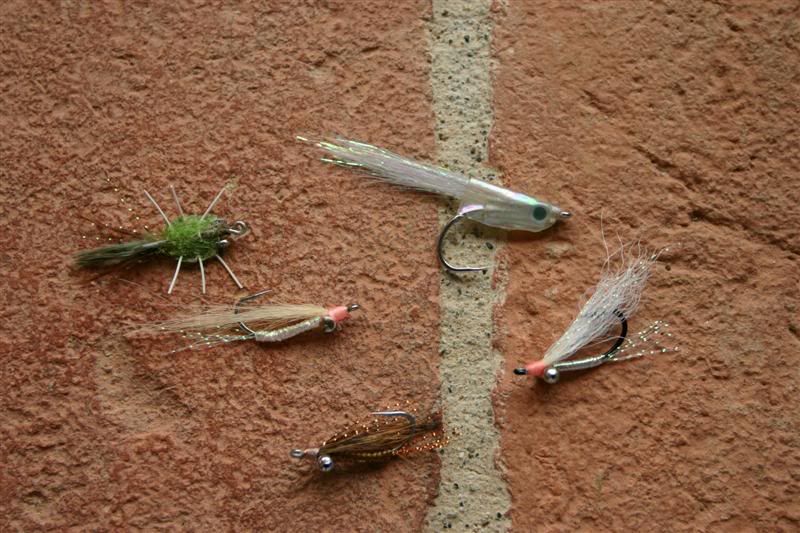
To sum it all up, it was a wonderful experience, the fishing was challenging but after following the suggestions from the guides the results came for everyone. We went in June which is low season for American fishermen, but not as far as the fishing is concerned it definitely isn’t. There are plenty of options for the fishing, a few days with a guide are a must but then DIY fishing can be enjoyed. There are water taxis to take one to the major islands, and plenty of bonefish and tarpon along the main beach to keep one entertained. In other words, I can’t wait to get back there !!!
1 comment:
Cool write up. Looked like a great trip. For mine LR remains the mecca of bonefishing.
Post a Comment